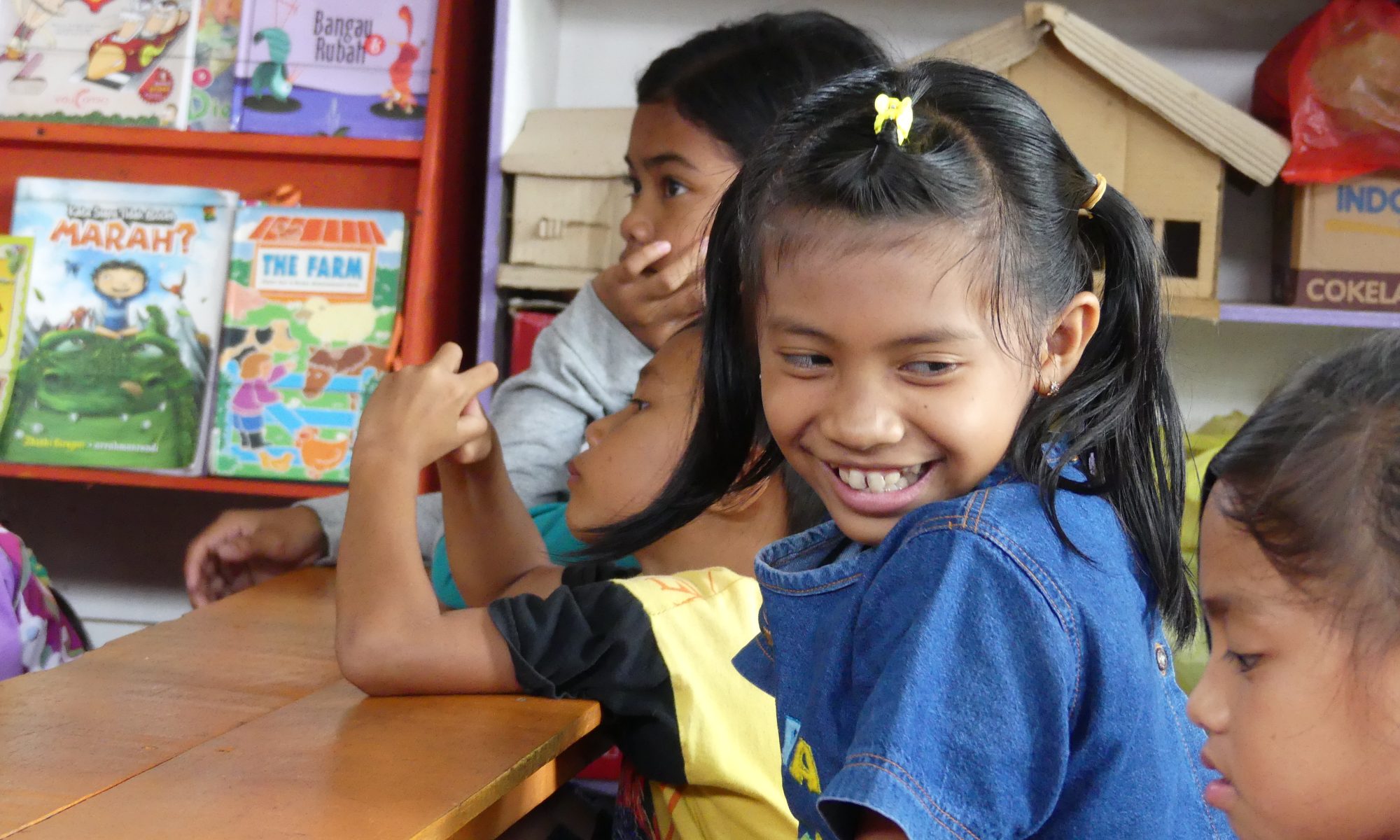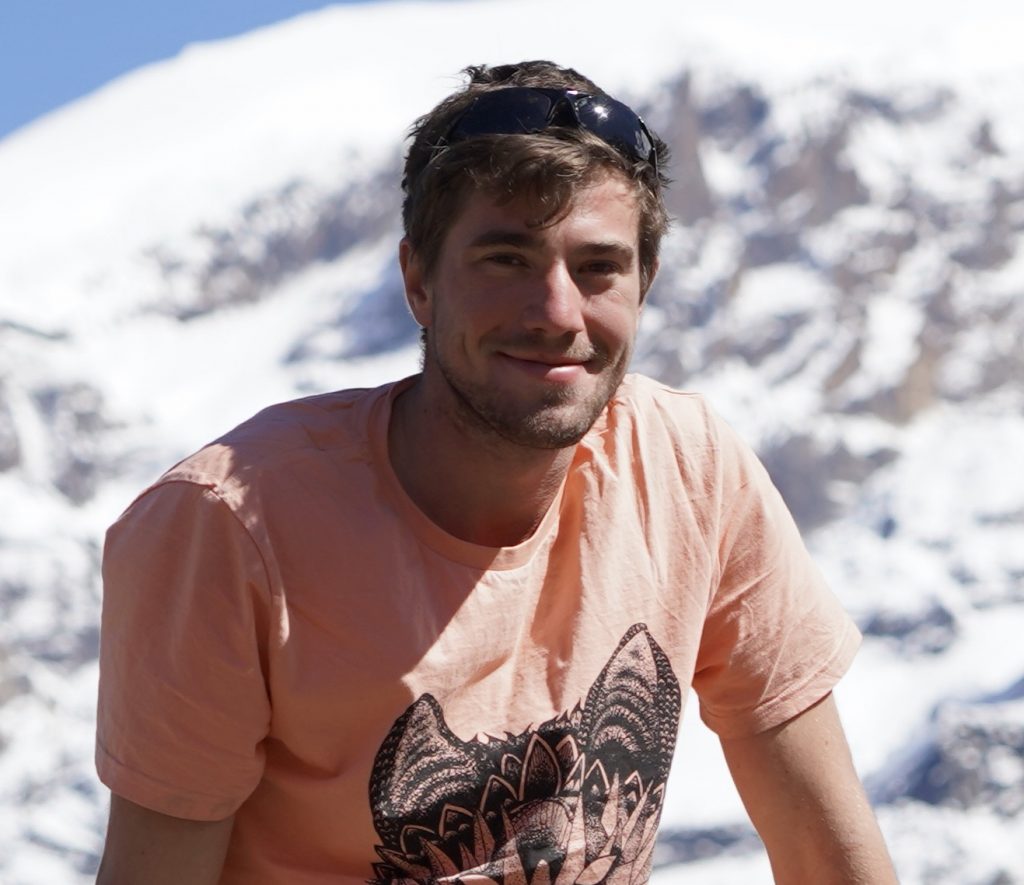
Eperience of a lifetime in the Himalayas, November 2022
by Dr Michael Trubshaw
October 2022 brought with it an extremely exciting period for MEDyARTE Foundation.
As some of you may know, a visit in 2019 made by members of the foundation to the Nar-Phu Valley, a high-Himalayan community in Nepal, identified a population in distress. Medical care in the area was dire. People had to hike for two days to get to the nearest government health post, some 25 miles and 2000m down-valley. In response, our foundation stepped in to set up a local health post at Nar Phedi Buddhist Monastery at 3490m, which is nestled at the intersection of the two great valleys Nar and Phu. It employed a full-time local health assistant, Mandip, to live and work at the clinic and serve the local community.
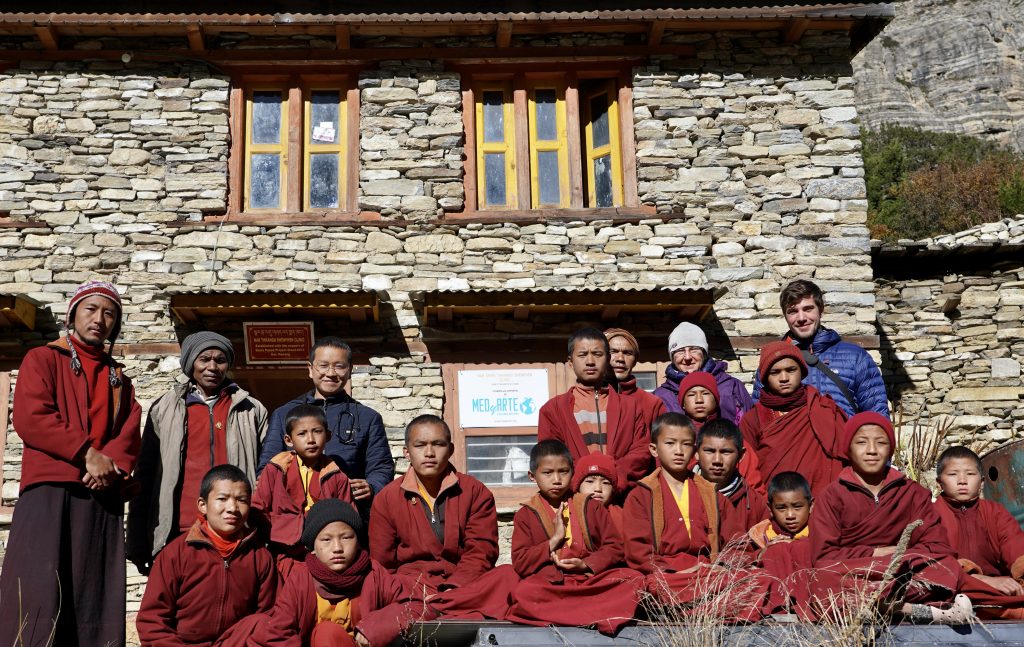
Mandip has been running the clinic brilliantly for the last few years. However, discussion with Mandip and our own experience from 2019 revealed something shocking: medical problems such as gastritis (inflammation of the stomach), which would be considered minor in the UK, had become severely debilitating for the people in the Nar Phu valley. Patients at the clinic commonly complained of unbearable burning chest and abdominal pain at night with nausea and sickness in the mornings.
After much thought and discussion both between ourselves and with world experts in the field at Oxford University, we decided to investigate whether H. Pylori, a bacterial infection, might be causing these gastritis symptoms. Our hypothesis was that this bacterium might be endemic to the peoples of the Nar Phu valley and years of chronic irritation caused by the infection with it, which is responsible for stomach acid build-up, might result in the symptoms they experience. In the UK doctors test for this infection routinely, however people in NarPhu had never before had access to it.
We put together a plan to travel to Nepal to run a number of pop-up clinics around the region. We planned not only to invite anyone with general medical issues to come to see us but also to test any patient with persistent gastritis with a novel bedside test – the H. Pylori rapid antigen stool sample analysis. Our idea was to find out whether H. Pylori truly was the cause of our patients’ gastritis and to advise Mandip and others in the area on how best to treat people once we leave.
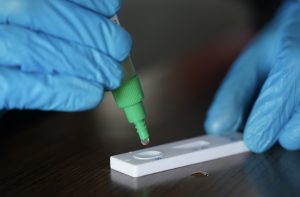
On the 13th October 2022, Gosia, Richard and I travelled to Kathmandu, Nepal. After a day of rest we set out on the long journey towards the NarPhu Valley, 160 miles northeast of the capital city. Nepal is the 158th poorest country in the world and this became glaringly apparent almost immediately. The roads just minutes out of the city deteriorated into little more than rocky mountain trails. Although now the dry season, the preceding heavy monsoon made the mountainous terrain unstable and landslides occurred on a daily basis, completely wiping out any sense of tarmac. Each of us retreated into our fragile bodies to endure the following 16 hours of incessant spine-shattering discomfort, taking refuge in the brief moments of calm when the driver stopped to let on or off the back of our 4-wheel drive car a friend or family member or stranger with a nice smile.
As we started to climb higher into the greatest mountains on planet earth, it started to dawn on me that the months of planning and discussions were finally coming to some sort of head. Perhaps we might really make an impact on the lives of the people all around us.
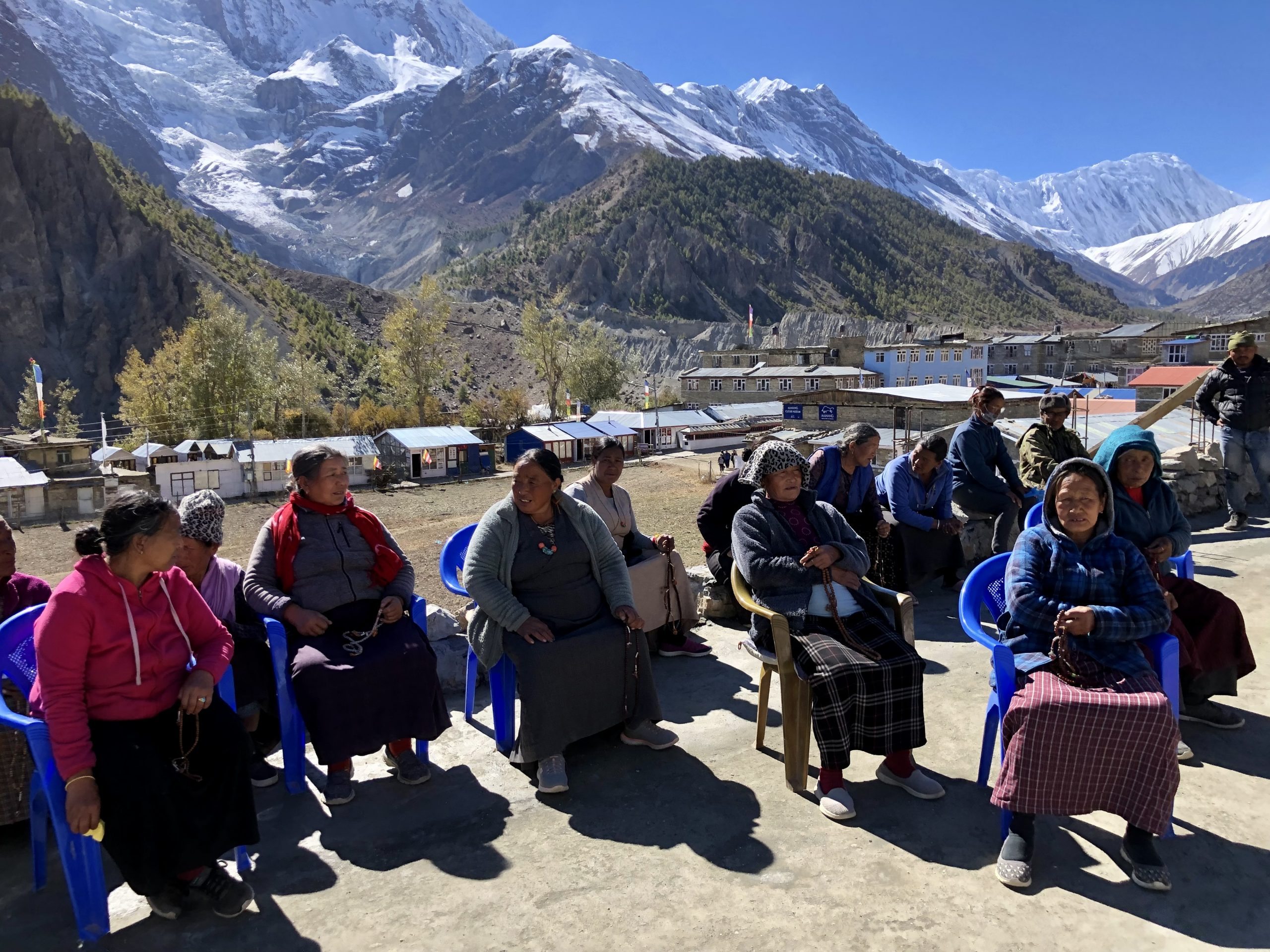
We arrived at Chame, the last mountain village accessible by road, at 2600m. Here we rested our heads and prepared for our first clinic which was due to start the following day. When morning came around, we caught a ride up to the small local hospital where we had arranged to use one of the rooms for our clinic. This hospital is usually staffed by local doctors and so the local population in this location is able to access healthcare relatively easily. Nevertheless, over 100 patients arrived on our doorstep. Most of these came with problems of partially treated gastritis and our testing revealed an extremely high incidence of H. Pylori infection.
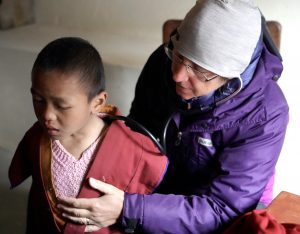
We prescribed everyone the appropriate treatment to help them with their symptoms and eradicate the disease. We also met with the chief doctor of the local hospital and managed to convince him to continue using the testing strategy after we left.The next two weeks consisted of hiking higher into the Himalayas towards the poorer and more inaccessible villages. We took with us a local doctor, Raj (from Chame), to help us run the clinics, gain the trust of our patients and also to train him in the use of H. Pylori tests. In each location, local health assistants volunteered as translators and therefore also observed and learned from our practice.
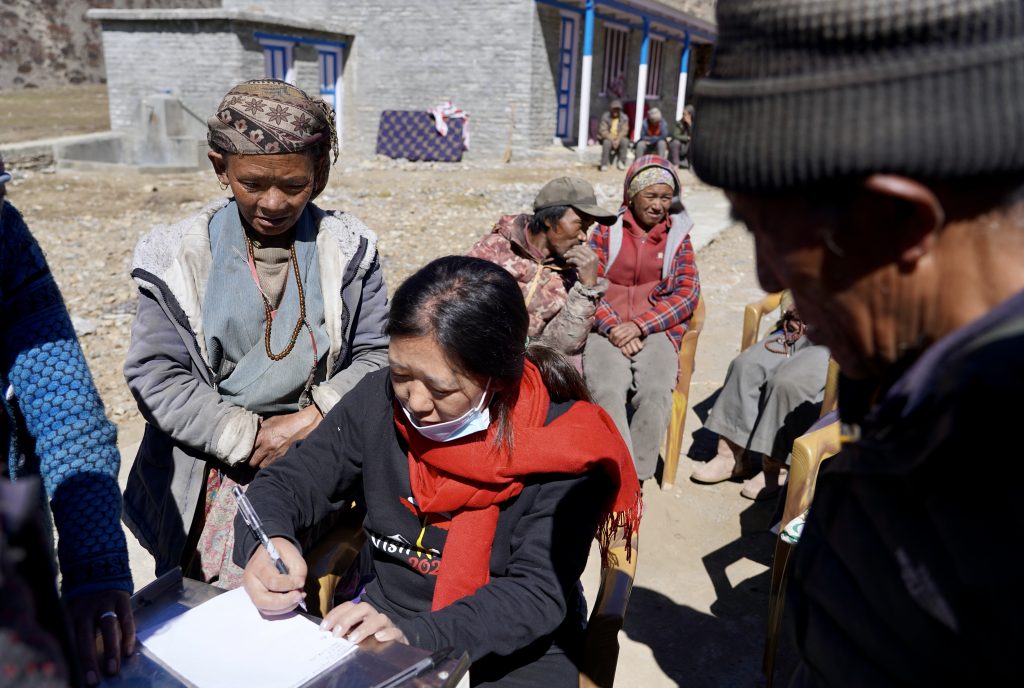
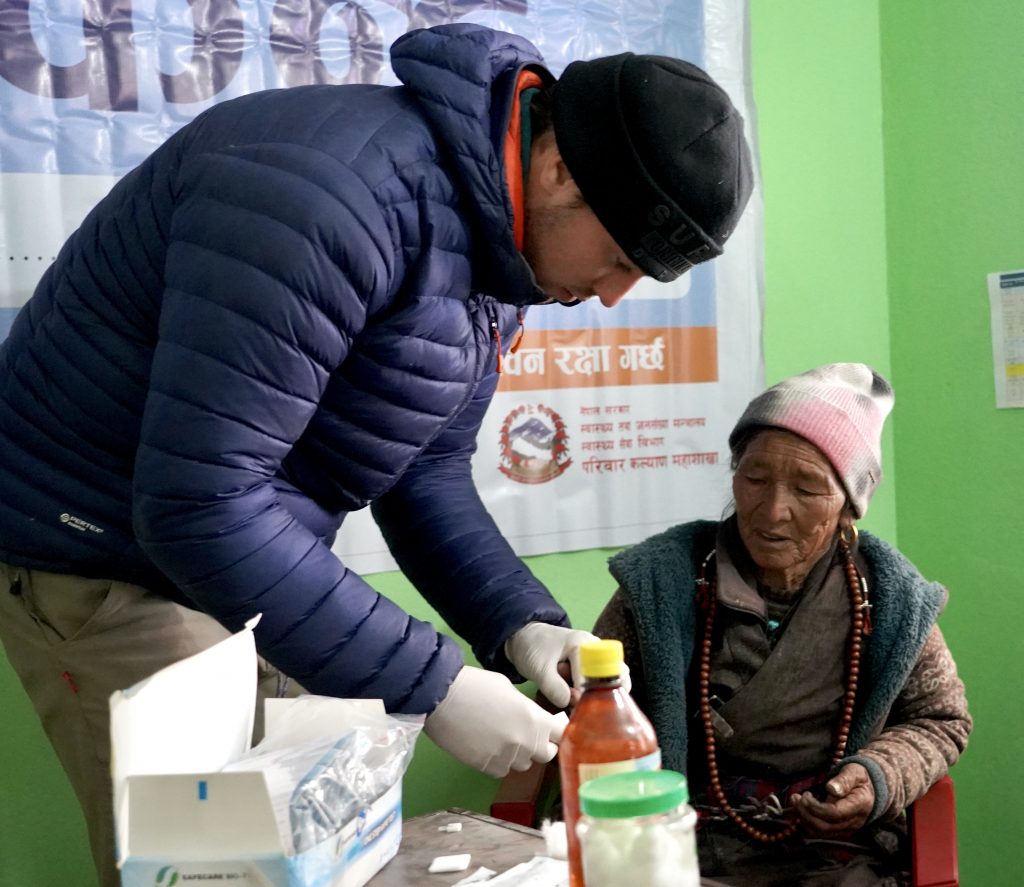
In the high-altitude villages we found that nearly all the patients with gastritis symptoms were positive for H. Pylori. The population was hugely grateful for our help in both treating the local people and also in training their health assistants. Our work culminated in the presentation of scarves, a local tradition, by the village leaders to express their profound gratitude.
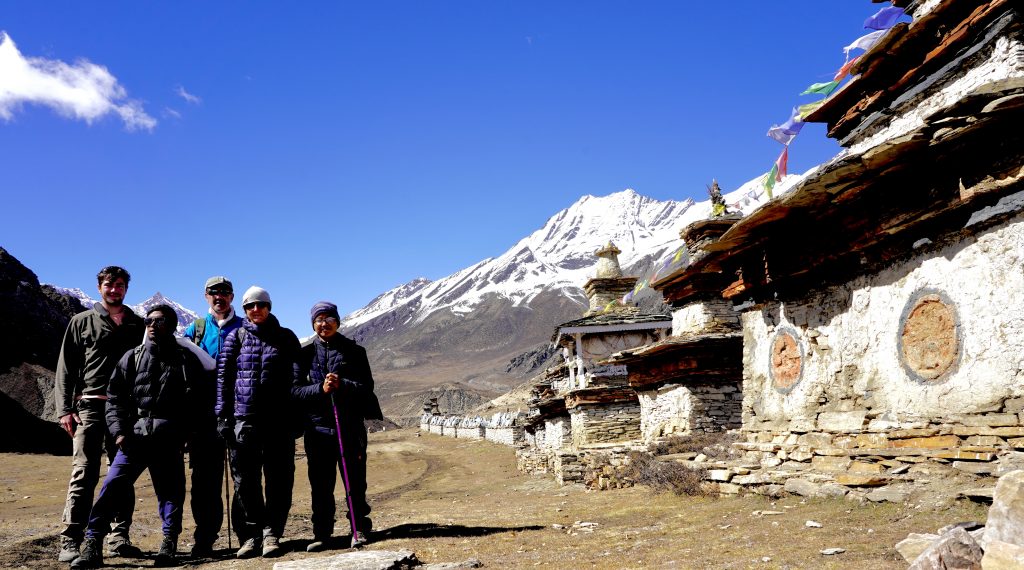
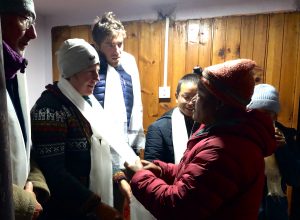
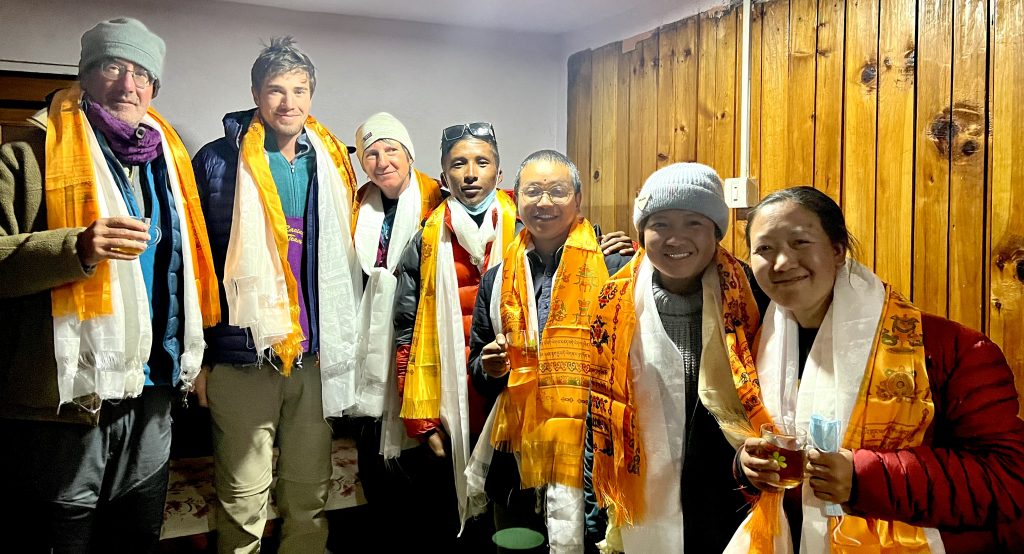
Perhaps the hardest part of the whole trip came just a few days from the end when the way from Nar Village to Manang, the district capital, was barred by the infamous Kang-La Pass at 5320m above sea level. At the best of times, this crossing is known to be dangerous, difficult and tiring due to deep snow and changeable weather conditions. Somewhat unfortunately, I contracted gastroenteritis the day before we had planned to walk. Nevertheless, I dragged myself from my sickness to trudge the 17 hour hike. It is an understatement to say that it was the hardest experience of my life. On reaching the peak, tears came to my eyes as I gazed out at the scenery below. Despite the bodily pain, my overriding feeling was one of inner peace; existing in such an inaccessible place gave a perspective on my life that I had never before experienced. The life issues which seemed so important when I was at home in England suddenly felt utterly insignificant. I felt an overwhelming gratitude for the chance to have helped so many people in Nepal and for all the kindness they had shown me along the way. I promised myself that this would not be the last time I worked on a project with MEDyARTE.
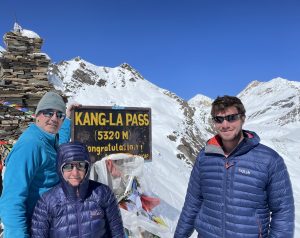
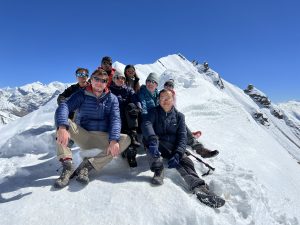
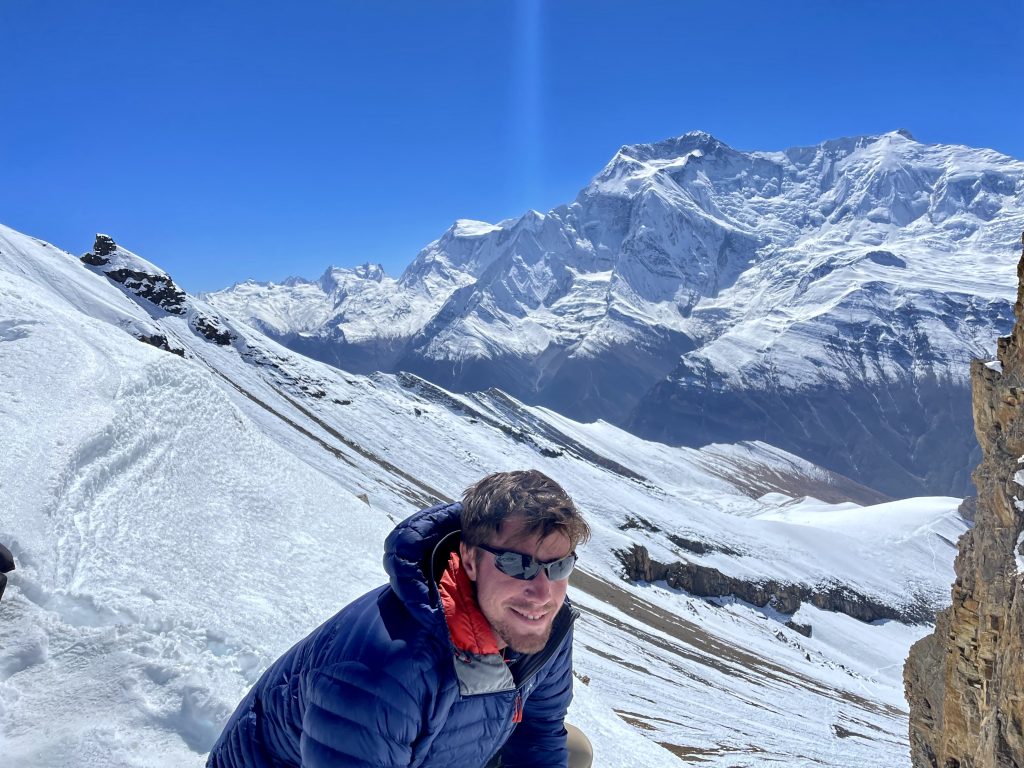
for Gosia’s report – click Blog
for more pictures – click here https://medyarte.org/gallery-page
